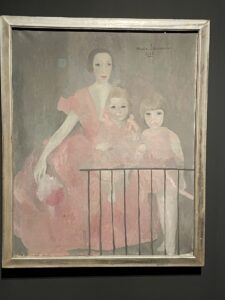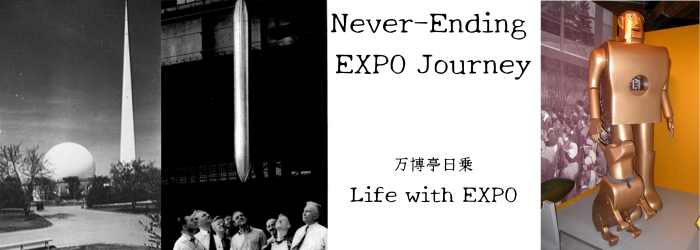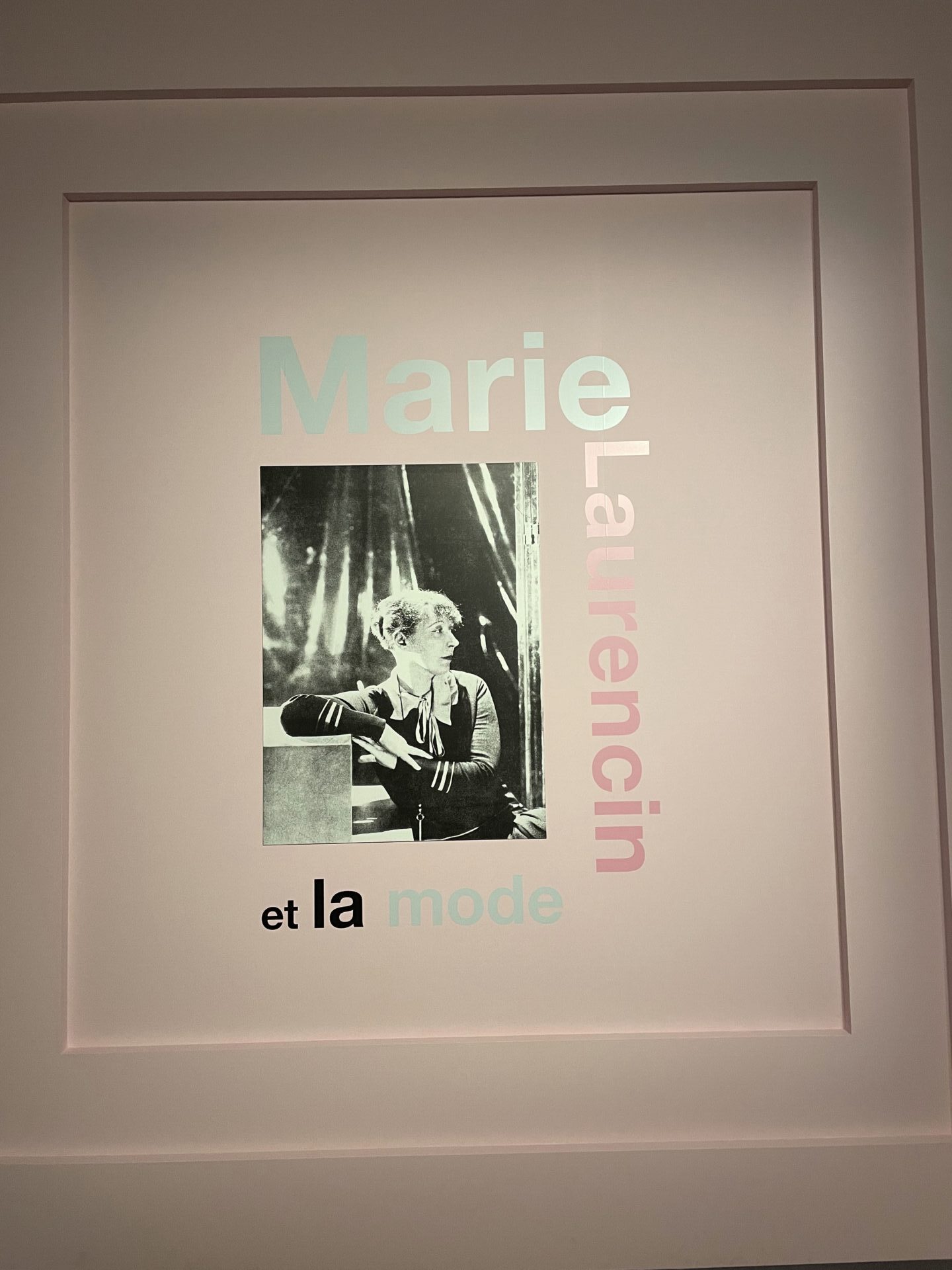Bunkamura in Shibuya is closed temporarily
The other day I visited “Tokyu Kabukicho Tower“. It is a very impressive building, and above all, the location is unique.
As the name of this building also contains “Tokyu”, Tokyu and Tokyu Recreation are the main business entities.
Speaking of Tokyu, on Tuesday, January 31, 2023, the Tokyu Department Store in Shibuya closed.
On the homepage,
*
The Shibuya Tokyu Department Store (Main Store) has closed on January 31 (Tuesday), 2023.
In the 55 years that we have spun together with our customers, the city of Shibuya, and everyone in the region,
Thank you from the bottom of my heart.
We’re really thankful to you.
*
The adjacent Tokyu Bunkamura was also closed.
On the Tokyu Bunkamura website, it says;
*
Bunkamura is closed from April 10, 2023 (Monday) until the end of 2027 (undecided), except for Orchard Hall.
Please see our website for the latest information on upcoming performances and projects.
*
So, “The Museum” in Bunkamura is also closed.
On the home page, you can see as follows;
*
Bunkamura The Museum will be closed from April 10th, 2023 until the end of 2027 (date undecided).
Exhibitions will be held at other venues while the museum is closed. Click here for the exhibition lineup.
*
Currently and in the future, exhibitions will be held at Warehouse TERRADA G1 Building, Bunkamura Gallery 8/ in Shibuya Hikarie, and Hikarie Hall.
I don’t know exactly how the Tokyu Department Store and the place where Bunkamura was located will be developed in the future, but I was able to visited the last memorable exhibition before the closure of the museum. It was the end of last March.
“Marie Laurencin and Fashion Exhibition”
The exhibition is;
”Marie Laurencin et la mode” Exhibition”.
[Tokyo Venue]
Tuesday, February 14 – Sunday, April 9, 2023
Bunkamura The Museum
Organizer: Bunkamura, Nikkei Inc.
Sponsored by: TOKYO MX, TOKYO FM
The Tokyo venue has already ended, but after that, it is traveling to the Kyoto venue (Kyoto City Kyocera Museum of Art, 2023.4/16 – 6/11) and the Nagoya venue (Nagoya City Art Museum, 2023.6/24 – 9/3).
Marie Laurencin (1883 – 1956) is a painter born in Paris.
She has probably heard her name by many people, and if you sees her paintings, you will think, “Oh, she’s seen her.”
1883 is the year she was born.
She was about six years old when the fourth Paris World Exposition, with the Eiffel Tower, took place in 1889. And at the time of the 1900 Paris Exposition she was about 17 years old.
She looks like someone from a long time ago.
However, the year of her death is 1956.
Looking at the history of World Expos, the Brussels Expo was held in 1958. Her death was just before that.
The 1958 Brussels World Exposition, famous for the symbolic tower “Atomium” imitating the molecular structure of iron, and Le Corbusier’s “Philips Pavilion”, was followed by the 1962 Seattle World’s Fair, and the next, 1964 New York Expo, 1967 Montreal Expo, 1968 Hemisfair (San Antonio, USA), and 1970 Osaka Expo.
Looking at it this way, she doesn’t seem to be such a historical figure.
It can be said that she was a painter active from the 19th century to the 20th century.
Marie Laurencin and the 1925 Art Deco Expo
Now you can see why I am writing this story about Marie Laurencin’s exhibition. Yes, she also had a relation with a World Exposition.
Laurencin was only about 17 years old around the time of the 1900 Paris World Exposition, but she participated in the 1925 Paris World Exposition as an artist.
The 1925 Paris World Exposition is commonly known as the ‘Art Deco Exposition’.
The official French name is;
Exposition Internationale des Arts Décoratifs et Industriels Modernes
Marie Laurencin participated in this exposition.
In this exhibition, a magazine titled;
“The Bedroom of the Ambassador’s Wife, International Exposition of Modern Decorative and Industrial Arts (1925), from Vogue Paris, September 1925”
was on display.
This exhibition catalog contains more detailed information. Quoted below. (P43)
*
…In recent centuries, decorative arts such as craft, dyeing, and fashion were ranked lower than “pure” art such as painting or sculpture.
In 1925, the International Exhibition of Modern Decorative and Industrial Arts was held with the aim of returning decorative arts to their rightful place of importance. To demonstrate the equal value of all arts, works were displayed in “ensembles” that connected art to lifestyle. Marie Laurencin captured attention at the exhibition with paintings harmonizing with a beautifully designed boudoir (cat. no. II-25).
*
By the way, Coco Chanel (1883 – 1971) was also born in 1883, the same year as Laurencin, and was a “new woman” of the time who lived together in the Art Deco era.
However, the relationship between the two seems not to have been very good, despite having many friends in common, such as Jean Cocteau (1889 – 1963) and Pablo Picasso (1881 – 1973).
The definitive work that symbolize this is also exhibited in this exhibition, which is;
“Portrait of Mademoiselle Channel ” (1923)
According to the explanation in the exhibition catalog, it says as follows.
*
… Coco Chanel also commissioned Laurencin to paint her portrait as proof of her own success, but was not satisfied with the result of her work and requested a redraw. On the other hand, Laurencin did not concede, so Chanel never received the work. Laurencin was later reported to have said: “Chanel is a good girl, but she’s a country girl from Auvergne. I didn’t want to give in to such a country girl.”
*
It is a very strong response.
However, it seems that Laurencin loved Coco Chanel’s clothes.
By the way, regarding the relationship between Coco Chanel and the 1925 Art Deco Exposition, the commentary in this catalog (P19, by Catherine Örmen) states;
“She did not participate in the 1925 Exposition.”
However, another document (“Art Deco World 1, Paris, Birth of Art Deco” P75) says;
“If you look at Chanel in the year 1925, she exhibited her clothes at the Art Deco Exhibition and…”
Since there is this description, it seems that she may have participated.
In the history of World Expos, it is common to come across materials with such contradictory descriptions. Which one is correct?
In general it is difficult for someone to prove that she did not participate. This is because if even one concrete example of participation is found, it is not correct.
It may be hard to imagine that Chanel and her works, which had already taken Paris by storm at the time, were somehow completely unrelated to the Expo. However, until we confirm one concrete example of this “selling clothes, …”, we do not know yet at this point.
Marie Laurencin, Nicole Groult and André Groult
By the way, this exhibition also includes several works modeled after Nicole Groult (1887 – 1966).
Nicole Groult was the youngest of the three younger sisters of Paul Poiret, who was said to be the “king of the fashion world” at the time, and was said to be the woman Laurencin loved and trusted the most.
In the catalog of this exhibition, there is a description (p. 139) that says, “…Nicole was a close friend (lover) of Marie Laurencin…”.

マリー・ローランサン『ニコル・グルーと二人の娘、ブノワットとマリオン 1922年
Marie Laurencin “Nicole Groult and Her Two Daughters Benoîte and Marion
In fact, Nicole Groult’s husband is the architect André Groult.
And he worked on the “French Embassy” Pavilion at this “Art Deco Expo”.
Part of this “French Embassy” Pavilion is the “Room of the French Ambassador’s Wife”.
In other words, Laurencin’s painting was displayed in “The Bedroom of the Ambassador’s Wife,”
designed by Nicole Groult’s husband, André Groult.
And that is exactly what is on display in this exhibition, “The Bedroom of the Ambassador’s Wife, International Exposition of Modern Decorative and Industrial Arts (1925), from Vogue Paris, September 1925”.
I don’t really know the actual relationships between Marie Laurencin, Nicole Groult, and André Groult, but it was an “Expo Exhibition” with a slightly complicated situation of participating in a project that her lover’s husband worked on.
Where was the “French Embassy” Pavilion located?
By the way, this “French Embassy” Pavilion is not visible when I check the floor plan of the “Art Deco Expo” that I have.
I can find the Japan pavilion, the Soviet Union pavilion described later, and the pavilions of department stores such as Bon Marche. In addition, Le Corbusier’s “Esprit Nouveau (New Spirit) Pavilion”, which will also be described later, cannot be confirmed.
Therefore, the “French Embassy Pavilion” and “Esprit Nouveau Pavilion” may have been exhibited in the exhibition area called “Village Français” on the banks of the Seine on the Grand Palais side.
From the drawing, you can see that the exhibition area called “French Village” consists of several pavilions, so it seems that they were exhibited in “French Village” because it was an exhibition related to France.
By the way, this “French Embassy” Pavilion was actually designed by Robert Mallet-Stévin (1886 – 1945), who could be called the most central architect of the Art Deco Expo.
For this pavilion, the painter Fernand Léger (1881 – 1955) was in charge of the decorative paintings together with Robert Delaunay (1885 – 1941).
Léger also participated in Le Corbusier’s Pavilion de Esprit Nouveau (see below <20>) by painting a mural at the Art Deco Expo.
(Hereafter, continued to <20> 1925 Paris “Art Deco Exposition” )



